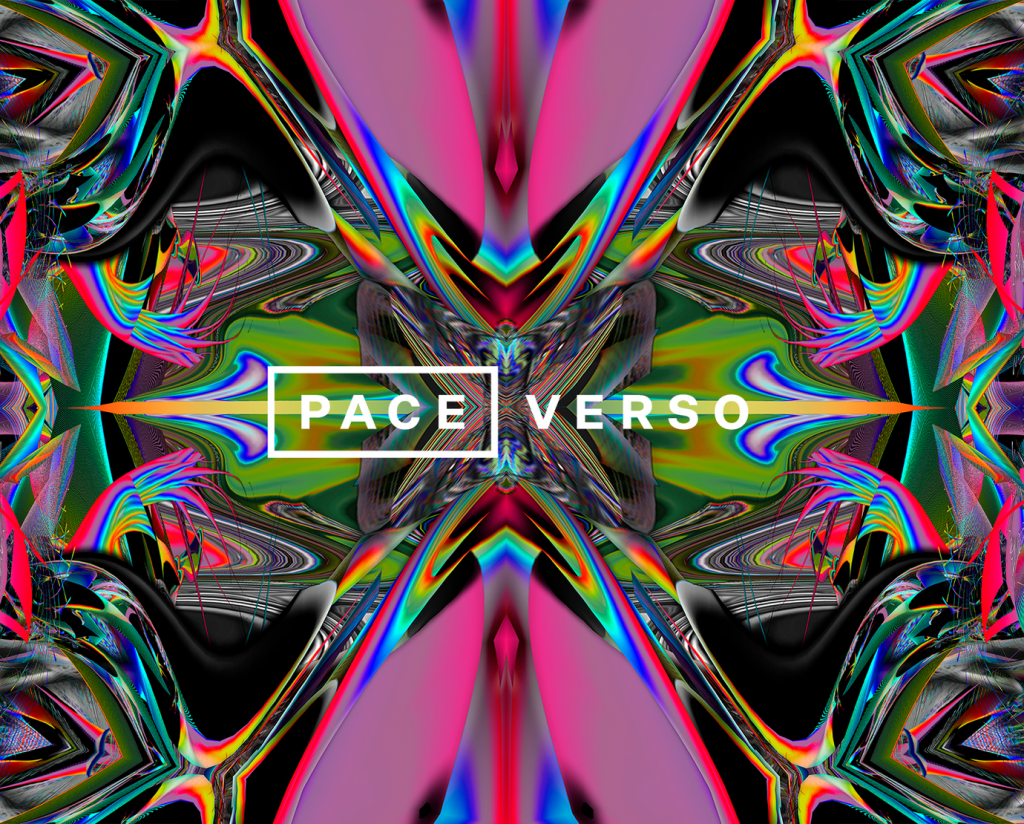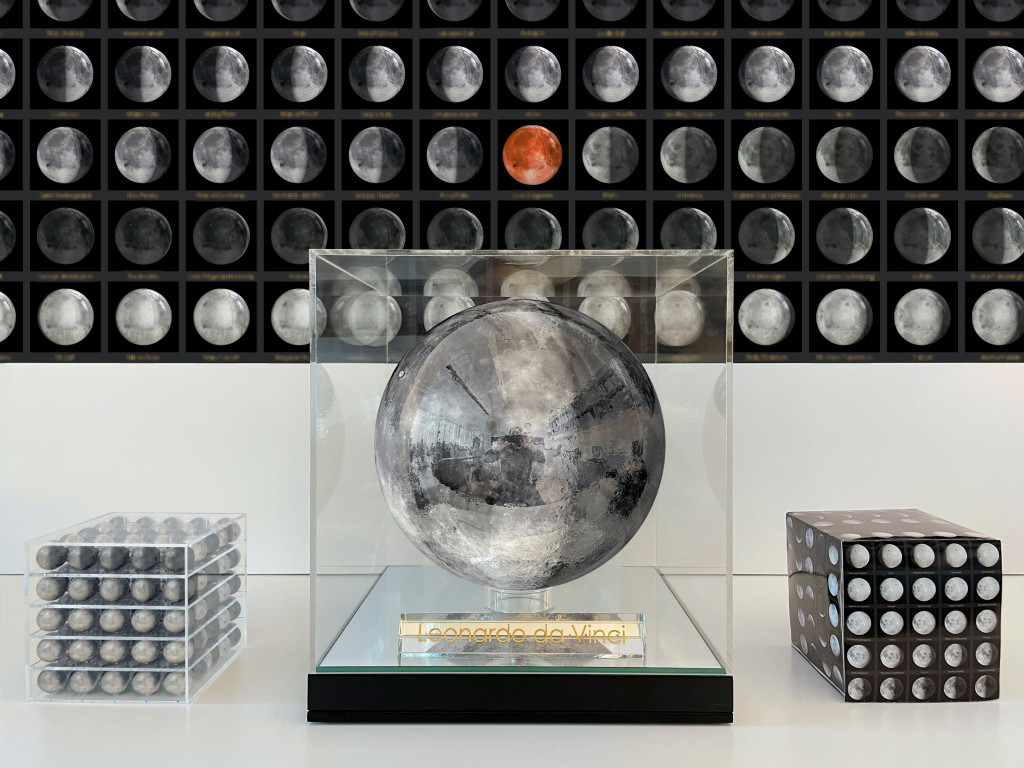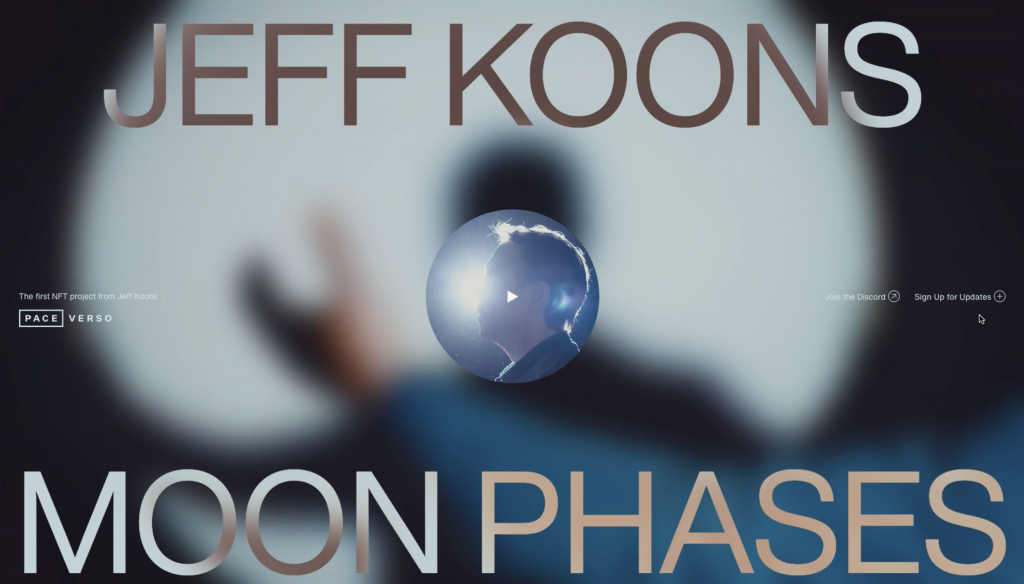Lenses on Glitch, Part 1
Four artists share the tools and approaches they have developed for working with glitch.


A goal of “community” sits at the core of many web3 projects, but what happens when that community isn’t what you expected? The messaging app Discord is often used in the crypto space to rally interested parties together, to form an allowlist for an NFT drop, and—if there is a roadmap for the project—to keep a community engaged. As the app’s name implies, NFT servers are often discordant as they rapidly attempt to generate hype for the upcoming drop. In the new art market created by NFTs, Discord is not the auction house or the gallery, but instead operates in place of the private parties and openings where members of the art world rub elbows. It attempts to digitize the spaces that foster the kinds of relationships in which gallerists take VIPs into the back room to show them the exclusive works for sale.
In the last 40 years, changes in economic order have allowed mega-galleries such as Pace, Gagosian, Hauser & Wirth, and David Zwirner to find ways to corner the art market and exert dominance over it. One of the affordances of this dominant position is their ability to offer an alternative to the museum experience that is funded by the sale of the art instead of entrance fees, endowments, or tax revenue. This is achieved through robust supplemental programming, including artist talks, curator walkthroughs, panel discussions, and publishing.

The lockdowns during the height of the Covid-19 pandemic limited in-person visits to galleries and art fairs, forcing sales to be moved online. As a result, Artsy, the dominant digital sales platform in the art world, grew significantly in use and influence, while other galleries, like David Zwirner, competed by launching their own digital sales platforms. (Zwirner’s own digital sales initiative, launched in 2020, is literally named “Platform.”) However, Pace’s approach is a bit different. Instead of selling physical art digitally, they are selling digital art created by their roster of artists as NFTs. Pace’s own NFT platform, Pace Verso, launched last November, and its Discord server was started in March of this year. This alternative approach offers both an opportunity to seize control over how the audience interacts with the gallery, and a way to expand the dominant position of Pace, and galleries like it, by colonizing the emerging NFT art market.
Demonstrating its optimism for this bold foray into NFTs, Pace has collaborated with NFMoon and 4Space to develop a physical and digital sculpture project by Jeff Koons. Titled Moon Phases, it consists of 125 works each containing 3 parts: a sculpture that will be launched and installed on the moon via the Intuitive Machines lunar lander, a sculpture that will stay on Earth, and an NFT linked to images of the sculpture installed on the moon when it arrives. In other words, the sculpture on the moon, the NFT, and the sculpture on Earth are all one edition of this set of 125 works. The sculpture itself is a reflective recreation of the moon with a diamond placed on the surface where the sculpture’s copy will be placed on the real moon. The sculpture is cased in what Pace calls a “transparent, thermally coated, sustainably built enclosed art cube.” Additionally, each edition features a name tag carrying the name of a prominent artist or historical figure haphazardly assigned to tie into a vague theme of “human achievement.” The only connection between the reflective sculpture of the moon and the name tag bearing the name of someone like Muhammad Ali is that they both allude to the idea of accomplishing something. As is common with Koons’s works, everything is made literal: the merging of the physical contemporary art market with the new digital art market is represented through the work’s existence as both a sculptural object and an NFT. (The project also recalls the common crypto slogan of “to the moooon!”)

What has continually been the case in web3 is the revelation of the more profane aspects of market society that would otherwise be opaque. The art world claims to celebrate art on the basis of merit, with the convenient side effect that such celebration boosts market value. With NFTs, hype is generated deliberately to pump the price of a token. Value is often transparently monetary. The NFT bubble was generated by a get-rich-quick promise of million dollar jpgs. This creates a goal of asset ownership across all participants in the space, not just the extremely crypto-wealthy. Blue chip projects like Bored Ape Yacht Club may be out of reach due to their massive price tag, but remix projects and offshoots are well within the range of even the most casual crypto investor. On a fundamental level, every interaction on the blockchain is a transaction. Indeed, for many crypto investors, there is little utility in NFTs beyond asset ownership and speculation. Despite Koons’s embrace of the literal, the culture of asset-ownership poses a problem Pace hopes the Discord can solve.
The art world claims to celebrate art on the basis of merit, with the convenient side effect that such celebration boosts market value.
Koons’s often-touted nickname of the “most expensive living artist” is a double-edged sword in NFTs. That monetary clout is attractive in a market driven by boosting token values, but is also the thing that prevents most people from owning any of his work. In physical space, Pace can involve the public through Koons exhibitions and related programming. In turn, the public continues to celebrate Koons and boost his market value and legitimacy with cultural interest, despite being unable to own his actual work. High prices justified by scarcity are reinforced by high levels of attention. In digital space, the Discord must serve the same purpose of meaningful interaction with the work without expectation of ownership for this model to continue.
The asking price for the Jeff Koons NFT is fixed at the ETH equivalent of two million dollars, a price that graduates from the petit-bourgeois of the crypto early adopters into the real, ruling class of Pace’s collecting audience. While this price is not extraordinary for a work by Koons, it is out of reach for the majority of the Discord community Pace has built. After the price was announced, the dedicated Moon Phases channel on the Pace Verso Discord was filled with disappointed users lamenting that the project seemed interesting, but would be completely out of reach.

“oh dear… that’s a bit elitist,” user sand_in_the_desert moaned.
“There must be more to this,” said user 3Deez. “they should have announced all at the same time otherwise why bother hyping the discord? This place will be a ghost town until [the] next realistic announcement.”
Nobody in the Discord seems to care about putting a Jeff Koons sculpture on the moon—they are interested in putting something they own on the moon. Without the possibility of ownership, interest in the project collapses. Pace is not dealing with a server of excited art fans like they hoped, but instead a server of disappointed crypto enthusiasts. Despite this, Pace continues to try to generate a functional community. In the Discord server, Pace employees are given the “Pace” role, and appear in red, while moderators selected from the community appear in orange. If members express beliefs that reinforce Pace’s brand, they can be awarded a cyan “Connoisseur” role, which earns a variety of privileges, such as priority treatment in AMAs, live public programming invitations, and whitelist opportunities. This is a special role, defined by moderator Araeana as being “for people who actively contribute to the community with thoughtful discussions and an obvious passion for the arts.” In practice, “an obvious passion for the arts” means contributing in brand-friendly ways. Through this system, Pace can actively incentivize users to contribute in ways that best suit their business interests. The problem is that early access to NFTs is pointless if you can’t afford them.
Nobody in the Discord seems to care about putting a Jeff Koons sculpture on the moon—they are interested in putting something they own on the moon.
These moderators and connoisseurs are frequently at odds with the general population of the Discord, posting long messages about how they are simply excited to be involved in any capacity with a Jeff Koons project, despite their inability to actually own it. It’s a valiant effort to shift the culture of crypto into one more interested in art appreciation than asset price pumping, but it does not seem to be working. The server, particularly Koons’s dedicated channel, has become overwhelmed with trolls making jokes that play directly into the asset-focused culture and, hilariously, undermine everything Pace is trying to do.
When galleries like Pace launch these kinds of initiatives there is a rampant excitement from the crypto community. It’s understandable: it makes the blockchain really feel like the future of art when the biggest players in the art world take notice. But neither Pace’s nor Koons’s bold entrance into NFTs needs to be celebrated. To many artists and art-lovers, the appeal of web3 is to work in the arts in a way that escapes the domineering and exploitative practices of these insular mega-galleries. Pace’s interest in web3 is not to foster a new generation of art lovers, but to maintain the market they have dominated for so long—a wolf in sheep’s clothing. The sooner crypto stops looking for legitimacy in traditional art galleries, the sooner it can start creating its own legitimacy.
Sean Kennedy is a writer and artist based in Brooklyn, NY. He is the host of a video essay series titled Art is Everything.
